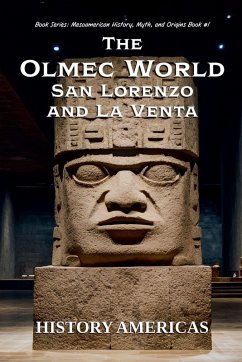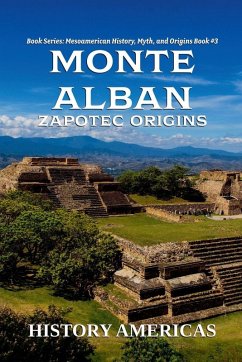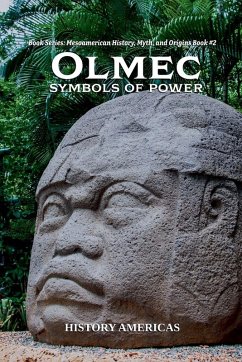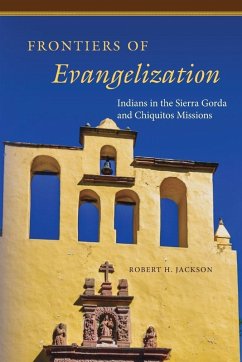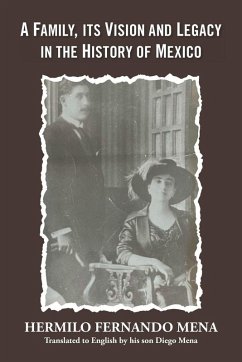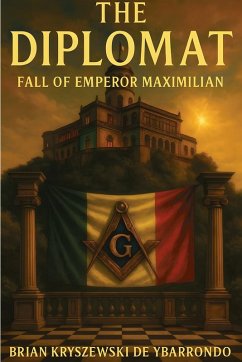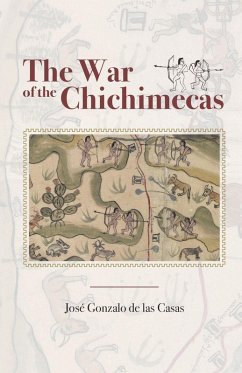
Mixtec Codices, Painted Histories of Mesoamerica

PAYBACK Punkte
12 °P sammeln!
Step into the painted legacy of Oaxaca, where the Mixtec codices-fragile screenfolds of deerskin illuminated with vivid pigments-preserve one of the most extraordinary intellectual and artistic traditions of Mesoamerica. Far more than picture books, these manuscripts embody history, myth, genealogy, and political authority. Within their unfolding pages, lords trace descent from gods, dynasties rise and fall, and sacred landscapes of hills, rivers, and temples come alive as actors in human destiny. This book explores the world of the Mixtecs through their painted histories, situating the surviv...
Step into the painted legacy of Oaxaca, where the Mixtec codices-fragile screenfolds of deerskin illuminated with vivid pigments-preserve one of the most extraordinary intellectual and artistic traditions of Mesoamerica. Far more than picture books, these manuscripts embody history, myth, genealogy, and political authority. Within their unfolding pages, lords trace descent from gods, dynasties rise and fall, and sacred landscapes of hills, rivers, and temples come alive as actors in human destiny. This book explores the world of the Mixtecs through their painted histories, situating the surviving codices-such as the Zouche-Nuttall, Bodley, Vindobonensis, and Selden-within the broader fabric of Mesoamerican civilization. It reveals how these manuscripts served as charters of power, genealogical archives, ceremonial scripts, and works of astonishing artistry. From the dramatic biography of Eight Deer Jaguar Claw to the intricate webs of dynastic marriages, the codices preserve a vision of a society where the human and divine were inseparable, where political legitimacy was written in sacred bloodlines, and where memory itself was painted onto deerskin. At once historical and mythological, artistic and intellectual, sacred and political, the Mixtec codices stand as rare survivors of a vast world nearly erased by conquest and fire. This book not only tells their story of creation and survival but also reclaims them as living documents-bridges across centuries that continue to speak for the people of Ñuu Dzahui, the "People of the Rain God." For readers fascinated by ancient civilizations, indigenous art, and the resilience of cultural memory, this work opens a window into one of humanity's most remarkable painted legacies.




